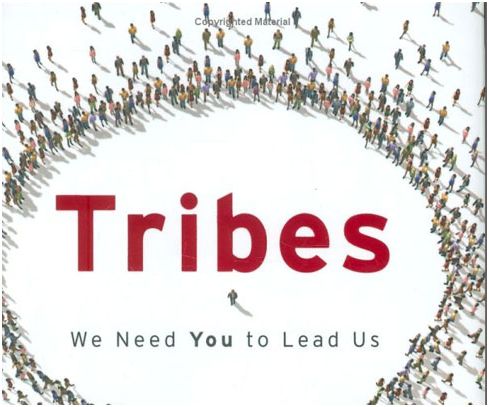In an interesting post published in French, my friend Julie Lemonde – inspired by Boston University Professor Susan Fournier’s article published in Harvard Business Review coauthored with practioner Lara Lee – describes the 7 basic principles related to how to build a successful brand community. Frankly, I recommend both readings since they are: (1) well-written, (2) concise, (3) in depth, and (4) theoretically and managerially sound.
In reading Julie’s post, one of the 7 principles entitled “Communities are strongest when everyone plays a role” piqued my curiosity. This section involved a description of 18 roles that should be part of a brand community. Here is the exhaustive list:
1. Mentor: Teaches others and shares expertise
2. Learner: Enjoys learning and seeks self-improvement
3. Back-Up: Acts as a safety net for others when they try new things
4. Partner: Encourages, shares, and motivates
5. Storyteller: Spreads the community’s story throughout the group
6. Historian: Preserves community memory; codifies rituals and rites
7. Hero: Acts as a role model within the community
8. Celebrity: Serves as a figurehead or icon of what the community represents
9. Decision Maker: Makes choices affecting the community’s structure and function
10. Provider: Hosts and takes care of other members
11. Greeter: Welcomes new members into the community
12. Guide: Helps new members navigate the culture
13. Catalyst: Introduces members to new people and ideas
14. Performer: Takes the spotlight
15. Supporter: Participates passively as an audience for others
16. Ambassador: Promotes the community to outsiders
17. Accountant: Keeps track of people’s participation
18. Talent Scout: Recruits new members
Interestingly, in these times of economic crisis, one important managerial question emerged from this description: how many employees does a company need to hire to fulfill these 18 roles? As a matter of fact, nearly anyone’s answer to this question would be “many”. Based on simple math, propositions such as hiring 3 employees – each one having 6 roles (18/3 = 6), could come to the table. However, after some “deep thinking” – and some deep sleeping – I came to the conclusion that only one person should be hired to fulfill these 18 roles. A normal manager`s reaction to this conclusion could be: “this employee will be overload”. My answer to that question is definitely “no” and is based on two interrelated principles.
Inspired by Seth Godin’s 2008 already best seller book entitled “The Tribes”, the first principle would be “to hire the best available community leader”. Thus, efforts should be made to avoid sloppy recruiting. To make an analogy to hockey, which General Manager would want to pay a certain amount of money for a bunch of third-line players when he could spend the same amount on THE franchise player? In our case, who would want to hire a bunch of average brand community managers, when you could have THE brand community manager, the leader, for less money than the other three combined? These leaders can be identified as active members of social networks and using an experiment such as “The Triiibes Project” (yes, there are really 3 i’s).
Interrelated to the first principle and based on Godin’s definition of leadership – leadership is to lead not to control –, the second principle would be to “let the brand community go”. Thus, inspired by the classic work “An Inquiry into the Nature and Causes of the Wealth of Nations” published by Adam Smith in 1776, the highly-cited 1961 Coase Theorem by Nobel laureate economist Ronald Coase, and on thoughts of the well-acclaimed Peruvian economist Hernando de Soto, if rules in the brand community are well-defined and easily available, then the talent will emerge and the 18 roles will be filled one by one by members of the community with minimal guidance. In other words, once regulations are well-established and well-diffused, and that everyone feels they can contribute to the well-being of the brand community, every new member will take the role that fits the most with his/her personality, so that every member of the brand community could be categorized in one or more roles.

In conclusion, only one brand community manager is needed for a successful brand community. Furthermore, in analogy to the Kevin Costner famous sentence in the movie Field of Dreams: “if you build it, [they] will come” that can be translated in a brand community context to “hire the right person and they will come”. So will you come?
Jean-François Belisle